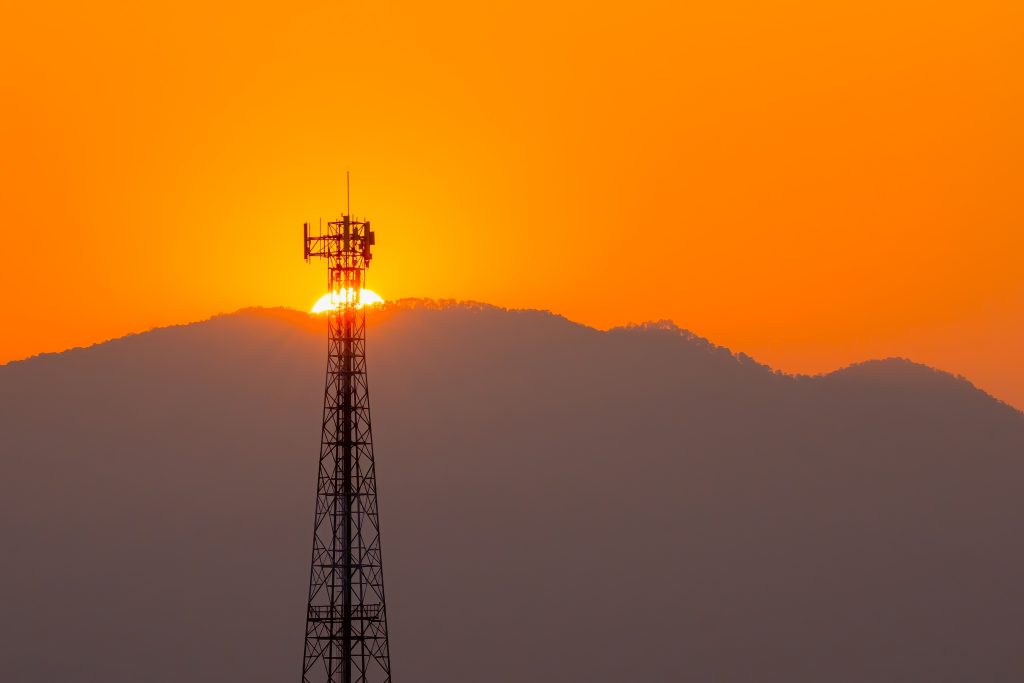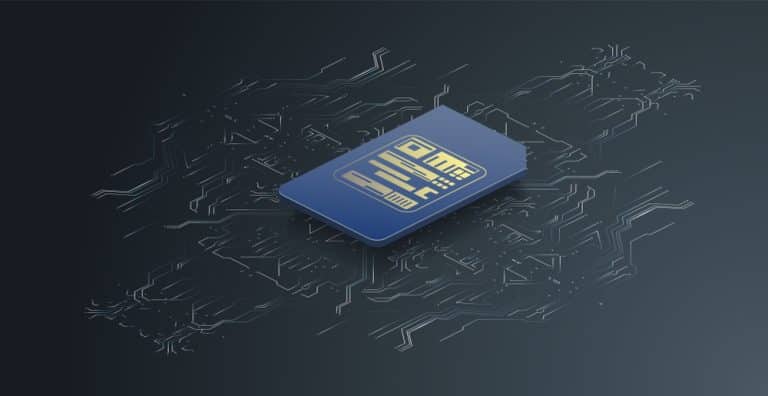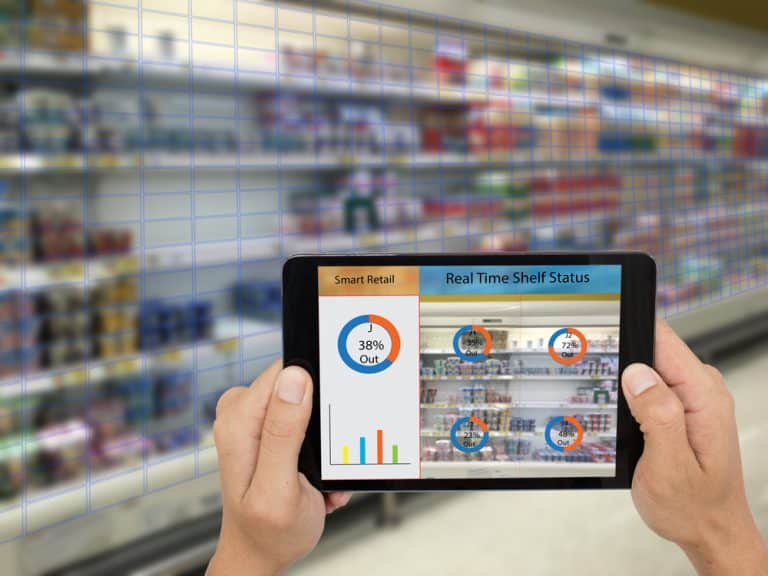Many companies worldwide use Internet of Things (IoT) devices that rely on the aging 2G and 3G cellular networks for connectivity. These networks provide IoT manufacturers with a cost-effective means to maintain global connections across a diverse range of environments. However, as this technology reaches its twilight years, the emergence of superior alternatives and the growing scarcity of bandwidth present pressing challenges that demand a more efficient and sustainable approach to IoT connectivity.
What is happening?
As we approach the sunset of 2G and 3G technologies, the future of wireless communication is preparing to usher in new possibilities. The sunsetting of these older technologies is happening in order to free up bandwidth and make room for expanding 4G and 5G technologies, this is no surprise given it has been two decades since these cellular bands first became available for public use.
With the rise of devices requiring faster internet speeds and broader coverage, the decision to phase out 2G and 3G was necessary. While this may seem daunting to some, it’s important to remember that this means great advancements are on the horizon. As we make way for newer, faster technologies, it’s exciting to imagine what the future of wireless communication may hold.
Businesses that rely on 2G and 3G for vital services such as point-of-sale systems, remote monitoring, vehicle fleet tracking devices, and machine-to-machine communication will risk service disruptions as telecoms carriers phase down their 3G networks. These disruptions can result in lower production, dissatisfied customers, and possible financial losses. Planning ahead of time for the shift and updating systems can assist to reduce these risks.
Why you need to upgrade?
In today’s fast-paced world, connectivity plays a critical role. With the advancement in technology, 2G and 3G networks no longer offer optimal speed and performance to keep up with the demands of modern-day communication. Upgrading to a 4G or 5G network provides a more advanced and efficient way of staying connected. With faster data transfer speeds and decreased latency, users can enjoy seamless browsing, streaming, and download experiences. Additionally, higher network capacity and improved security are some of the added benefits of switching to a more advanced network. So, whether you are a business owner or an individual, upgrading to 4G or 5G can enhance your mobile experience and keep you ahead in today’s competitive digital age.
How to prepare
The 2G and 3G network shutdown is coming, and it’s important to be prepared. Here are some steps you can take to make sure your IoT devices will continue to work after the shutdown:
- Check your current tariffs and take inventory of all of your IoT devices and identify which ones rely on 2G or 3G connectivity.
- Enquire about the shutdown dates for the networks that your roam on, not all carriers are shutting down their 2G and 3G networks at the same time.
- Create a plan to upgrade your devices or switch out with a new batch of IoT SIMs
Despite the impending decommissioning of 2G and 3G networks, our team at Ritesim views this transition not as an end, we see this as an opportunity to optimise Internet of Things (IoT) connectivity. For businesses that continue to use 2G and 3G connectivity over these antiquated network technologies, it’s crucial to re-evaluate their connectivity options and seek out alternative solutions that align with their needs. If you have any questions regarding network sunset or connectivity, message us below and a member of our staff will be with you very soon!



